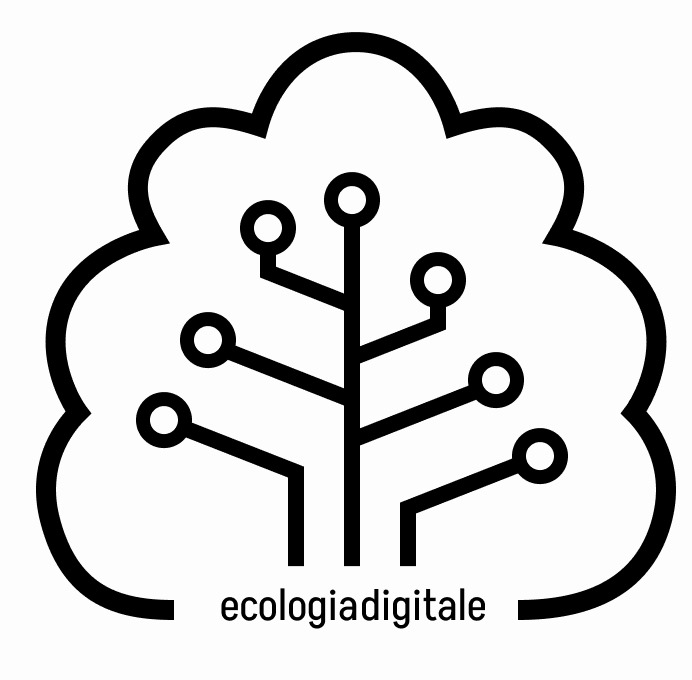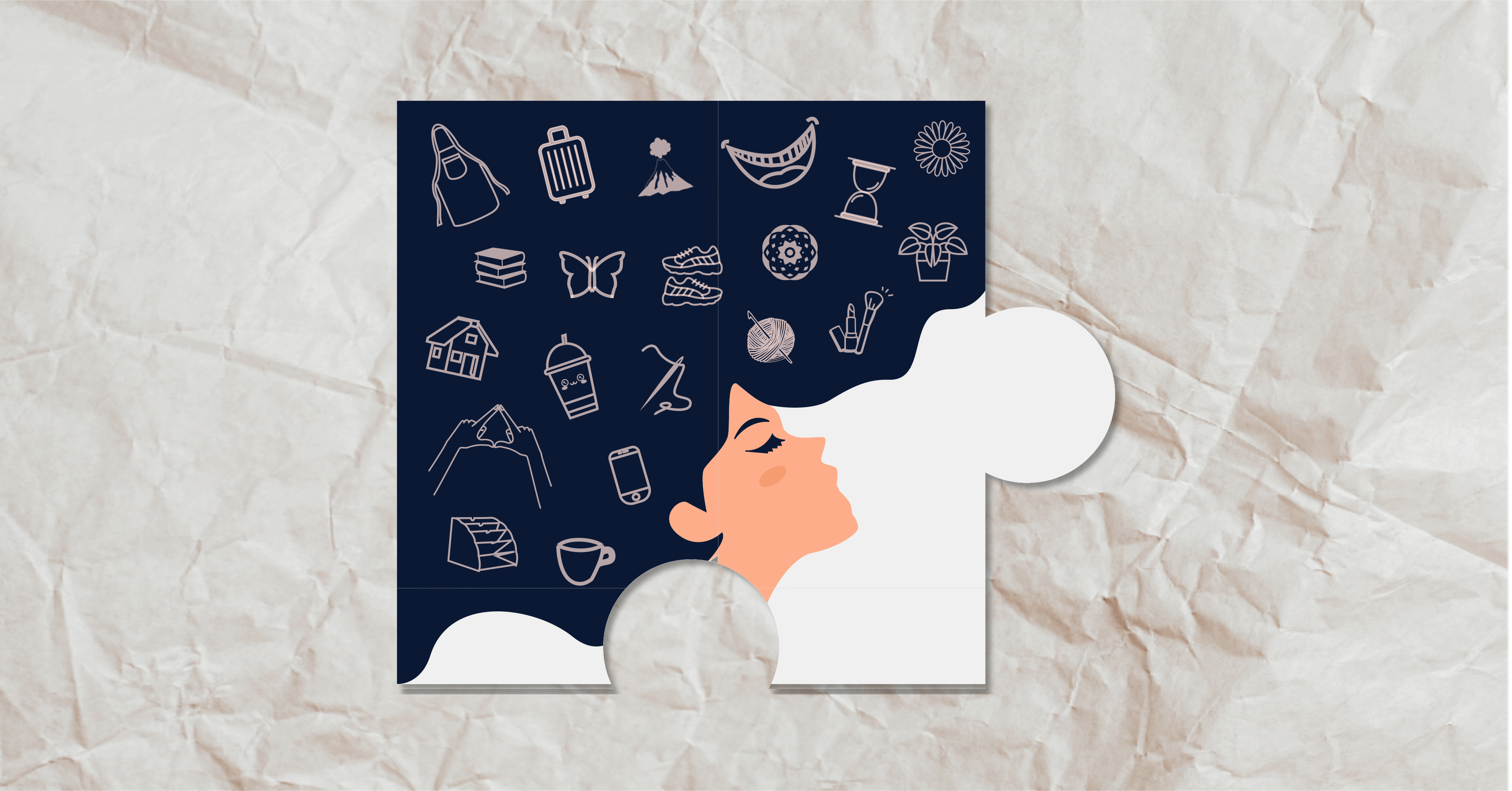Here we are, at the very first article of this column!
Before I begin sharing with you what emerged during the interviews, I’d like to briefly introduce the women who accompanied and helped me on this adventure. I want to do this because I owe it first and foremost to them: without these women, none of this would make sense. I must thank them for being willing to step in, to reflect on complex but at the same time fascinating themes, and for sharing their thoughts and perspectives with me. I also hope that the space created during the interviews served them as a way to dig deeper into themselves and bring out those parts of them that sometimes struggle to emerge.
So, shall we begin this adventure?
Angela: the hourglass and the suitcase
The first woman I’d like to introduce is Angela. With her, we touched on many topics, but one thing that struck me most was her sensitivity toward relationships. She made me reflect on the need to once again dedicate time to the relationships we have. How many times do we justify ourselves nowadays by saying, “I don’t have time”? I often find myself saying: “I don’t even have time to breathe.” And yet, it would be precious to start thinking again that the time we dedicate to ourselves and to relationships with others is fundamental to growing and staying anchored to what truly matters. Hence the hourglass: symbol of passing time, its sand takes the time allotted to move from one side to the other. How we choose to use that time is up to us.
“Time is the most important thing we have, and by giving it the right value, we can begin to live by making choices. The time for relationships is fundamental, and for me there’s nothing else: attention and care for relationships, care for people, is a top priority.”
What also impressed me about her was her constant search for independence and autonomy from a very young age, to the point where, at certain moments in her life, she found herself with a suitcase in hand, looking for a place that would allow her to live new experiences while staying true to herself.
Anna: shoes and the butterfly
Anna is the youngest of the women I interviewed, and I imagine her a bit like a butterfly, because little by little she is beginning to put together the first pieces, trying to understand what shape, color, and size to give her life before emerging from the cocoon as a butterfly unique in her kind.
I believe the determination and critical spirit she showed during the interview will certainly allow her to achieve her goals. After all, as an athlete, determination is fundamental to reaching the finish line.
Chiara: the kawaii glass and the feminist symbol
How can one represent a nonconformist woman? It was a difficult task, but this is one of Chiara’s defining traits—a woman who, as she grew, learned to cultivate this side of herself, making her the woman she is today. She is someone who learned to break out of imposed molds, thanks in part to feminism.
“I affirm this difference of mine, which really isn’t that different, because there are other people like this, but it’s simply not something about me that should be hidden or something to be ashamed of. On the contrary, I like carrying it forward.”
Often it’s hard to see the frameworks we’re trapped in, especially when they’re deeply rooted in the society and culture we live in. Chiara confirmed to me that feminism exists precisely to help us learn to recognize those frameworks—even if it means falling from the clouds—and then choose to step away from them, so that new ones can be created that value each person’s diversity.
Daniela: the house and the daisy
What struck me most about Daniela was her love and dedication to her family, which she sought to build in a way that was open to the outside world. Her home is always open to those who need a unique and welcoming space, becoming a point of reference for the whole family.
One word she often repeated and that stayed with me was “banality.” During the interview she would often apologize, thinking her examples or thoughts were banal. Yet this word made me reflect a lot, because sometimes the banal things—the ones we hardly notice—are actually the most important. Sometimes falling into the banal can even help us understand reality more closely. Perhaps banality is underrated.
Emily: makeup and the smartphone
With Emily, we spoke a lot about the images conveyed by social media and how risky they can be if you don’t have external reference models to draw on that bring you back in touch with reality. What struck me is that she wants to work precisely to change these frameworks, to “fight them” from the inside and try, in her own way, to make a difference.
“I think we are losing the perception of what’s real and what isn’t—but in a very subtle way, because it’s not like we’re living in a virtual reality. Still, social media put filters on us so that we can no longer distinguish reality from what is being conveyed to us.”
Emily also has a great passion for makeup and cosmetics: for her, putting on makeup is a ritual, a way to take time for herself. I was struck when she told me that sometimes people call her superficial because she’s interested in aesthetics and appearance. But I can tell you it took me less than an hour of conversation to discover that, like each of us, she carries a whole world inside. Sometimes you just need to be willing to see it.
Giulia: books and a plant
Giulia is very extroverted, and it’s thanks to this side of her character that we met. I was going to the library to write my thesis, while she went there to study. After moving from southern Italy to South Tyrol and spending many years in the kitchen, she decided to take a new direction in her life and start studying. Several times during the interview she described herself as a woman not of great culture, yet books have become a way for her to grow, learn, and define new dreams and interests.
“Personality is built over time. I’m 35 now and I feel like I’m under construction, and if I think back to when I was twenty, I was just a girl. But even now I still feel like a girl in certain respects.”
Learning is also a way to build one’s personality, to grow and continually challenge ourselves. Maybe we, too, regardless of age or experience, should remember that we are always under construction.
Giulia: crochet and organizers
Then there’s another Giulia, a colleague of mine. I’ve always admired her precision and care, both at work and in life. She told me that at one point she became interested in interior design, looking for ways to organize and arrange the house, and this helped her because external order also helped her bring order inside herself. Every time I see her at work, I can’t help but imagine what thoughts she’s arranging in her mind; maybe none, maybe a thousand.
“These people have influenced the way I act a lot, but I’ve always tried to adapt it to my routine. Everyone should take a piece and try to make it their own.”
Giulia is also extremely creative (everyone go follow her Instagram page @mammagiuliacrea, she makes amazing crochet creations!) and she’s always looking for new inspiration for her work. Copy-paste may often be too easy, but she showed me that external inspirations can be transformed into something unique and unrepeatable.
Maria Pia: the apron and the coffee cup
Now let’s take a temporal and generational leap as I introduce Maria Pia, aka my grandmother. When I visited my grandparents to interview her, she prepared for lunch one of the tastiest dishes I remember: gnocchi. I watched her count them as she dropped them into boiling water, so everyone would have a good portion on their plate. Seeing her at work brought me back years, to when I was a child and to those Sundays when the whole family gathered for lunch. She, always in her apron, moving back and forth between the kitchen and the dining room, happy to have us all around the same table.
“I realized later, when I had children, the difficulties my mother must have faced, because everything was changing—and even now, things are changing. She, being used to the life they lived, simpler but much richer in terms of relationships, must have been very afraid. I don’t really feel at home in this era either, but at the same time, I still think it’s better to be here, because there’s so much more I still have to see.”
What has always fascinated me about her is her composure in the way she does things—fluid yet rigid at the same time. My grandmother has always been a very simple woman, content with what she has. Perhaps this is one of the things she has passed down to us grandchildren: what matters—aside from health, always—is being well and being happy with the people around us and with the gifts life itself offers.
Samia: a smile and a kaleidoscope
Samia is one of the most radiant people I know; she always has a smile and a kind word for everyone. She’s a woman who, despite difficulties, never lets herself be crushed—of course with all the ups and downs that every human being on this earth has. She’s very open, knows how to listen and welcome the opinions of others, and never stops at the surface.
With her, we spoke a lot about her identity, which we defined as “multiform,” since she is Italian with parents of Moroccan origin. In her, this “multiformity” that defines her identity is perhaps more evident, both because of her background and because of her search for representation, given that women belonging to ethnic minorities are still scarcely represented. However, Samia made me reflect on how each of us can find different pieces that make up our identity, and in the end, perhaps we are all a little “multiform.”
Veronica: needle and thread, and a volcano
And finally, last but only alphabetically, Veronica—a woman I imagine a bit like a volcano, bursting with energy from every pore. She is always on the move, in every sense, and what struck me most is her “troublemaker” side, which I believe gave her the strength to face the choices she made in life and the determination to pursue what mattered to her.
“I really love creating networks; sometimes I feel like a seamstress, because I like bringing together women I know who, in my opinion, once they meet, can make something else blossom.”
Another aspect of her I really loved was this self-definition as a “seamstress,” because she is always trying to weave connections between people. I find this image of a seamstress of relationships truly beautiful, because in this metaphor I see the very essence of relationships: we are all, in some way, interwoven with one another.
Even though these women don’t know each other, I like to think that I’m trying to connect them through the words you’ll read—and they’ll read—in the next articles. They themselves, along with their testimonies, are like pieces of a great puzzle that will take shape article after article. Who knows what it will look like once complete.
Even if this article has no initial guiding question, I’d still like to ask you one: are there symbols you would use to represent yourselves? Which ones, and why those?
See you in the next one!


Leave a Reply